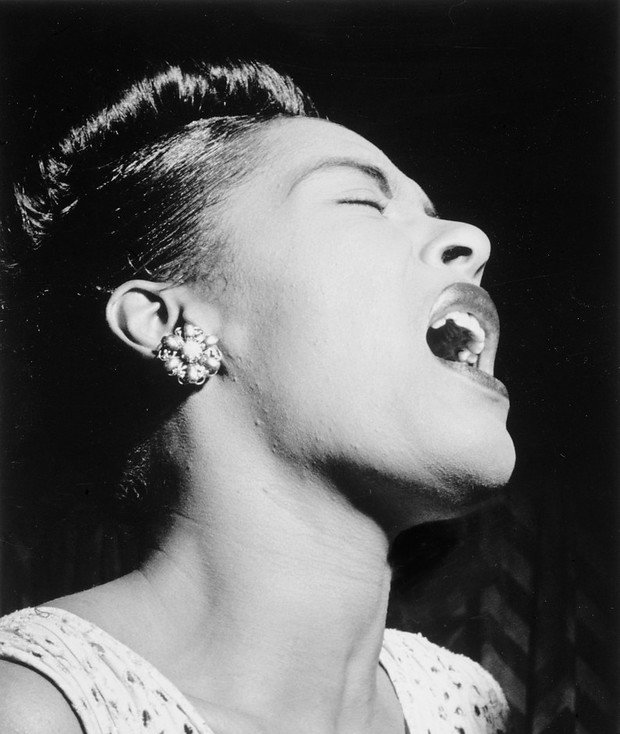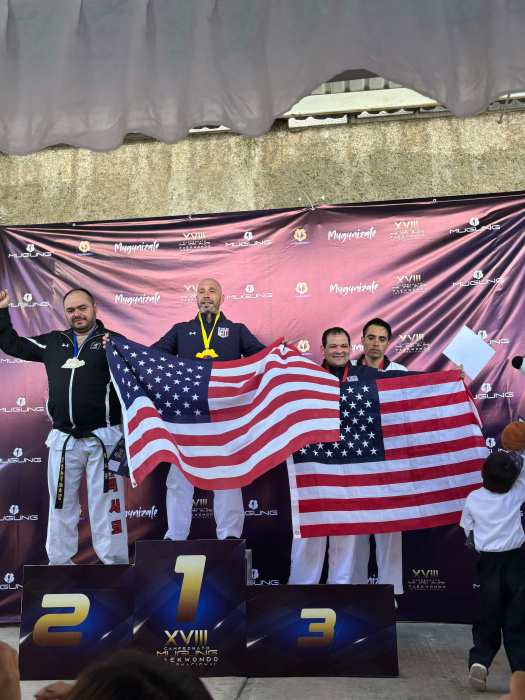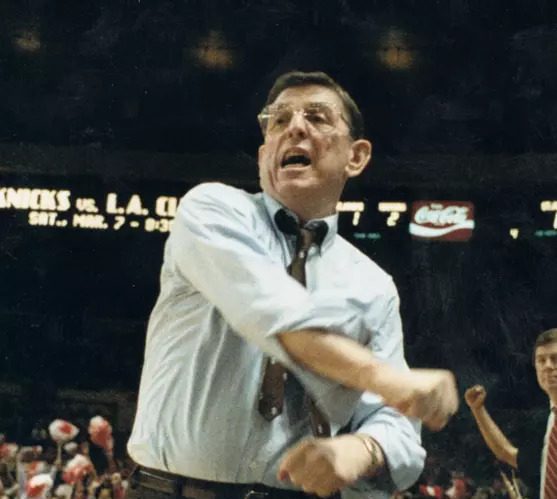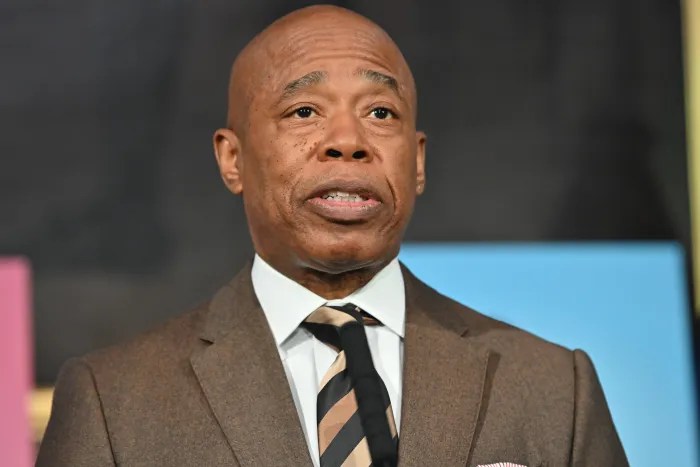Southeast Queens community leaders have pushed the city to erect a statue of trailblazing jazz legend Billie Holiday in St. Albans, where she lived with her second husband John Levy at 176-06 Linden Blvd. from 1950 to 1951.
Queens Borough President Donovan Richards joined the effort by sending a letter to Women.nyc Deputy Director Jasmine Baker Taddeo asking for the city to place the planned statue in the famed Addisleigh Park historic district, a neighborhood in St. Albans that was home to numerous notable African Americans in the jazz world including Ella Fitzgerald, Count Basie and Lena Horne, as well as baseball legends Jackie Robinson and Babe Ruth.
“As our city and the great borough of Queens continues to reopen, we are excited to move forward with this meaningful art campaign and the installation of a monument honoring iconic late singer Billie Holiday,” Richards wrote. “We are aware that Borough Hall was suggested as the home of the monument in preliminary conversations. However, in full appreciation of the founding principle of the She Built NYC initiative, which highlights the importance of representation and elevating stories often pushed far from the mainstream narrative, a group of local leaders and our office agree that placing the statue at Queens Borough Hall would be a missed opportunity to honor the community of Addisleigh Park, the historic southeast Queens neighborhood Billie Holiday called home.”
The Southeast Queens Coalition has long favored a concrete NYC Parks triangle at Linden Boulevard and Murdoch Avenue as a preferred location for the Billie Holiday statue.
Addisleigh Park was developed in the 1920s and was originally a segregated area for white people, until the 1930s when African Americans began to move into the area.
“The historic district of Addisleigh Park was built as an exclusively white community and despite racist restrictive covenants prohibiting the sale of properties to Black people, in the 1930s composer Clarence Wiliams, singer Eva Taylor, jazz icon Fats Waller, actress Lena Horne and jazz musician Count Basie were among the first to establish Addisleigh Park as a safe haven of the African American middle class,” Richards wrote. “In 1948, the U.S. Supreme Court held that racially restrictive covenants violated the Equal Protection Clause and more Black residents were able to move into the area.”
Before long, Addisleigh Park was home to John Coltrane, Roy Campanella, Joe Louis and W.E.B. Du Bois.
Holiday married her third husband Louis McKay and relocated to south Flushing, where they lived in a garden apartment from 1951 to 1958. But Richards believes the memorial statue would be best suited in southeast Queens.
“Addisleigh Park is an irreplaceable piece of Queens and its evolution from an exclusively white area into a historically distinguished community for luminaries and leaders of the African American community illuminates the story of struggle and achievement of civil rights and homeownership for Black New Yorkers,” Richards concluded. “Addisleigh Park holds the once-residence of Billie Holiday, Ella Fitzgerald and Lena Horne as a point of pride and as such there could not be a more appropriate location for the monument in their memory in Queens.”



































